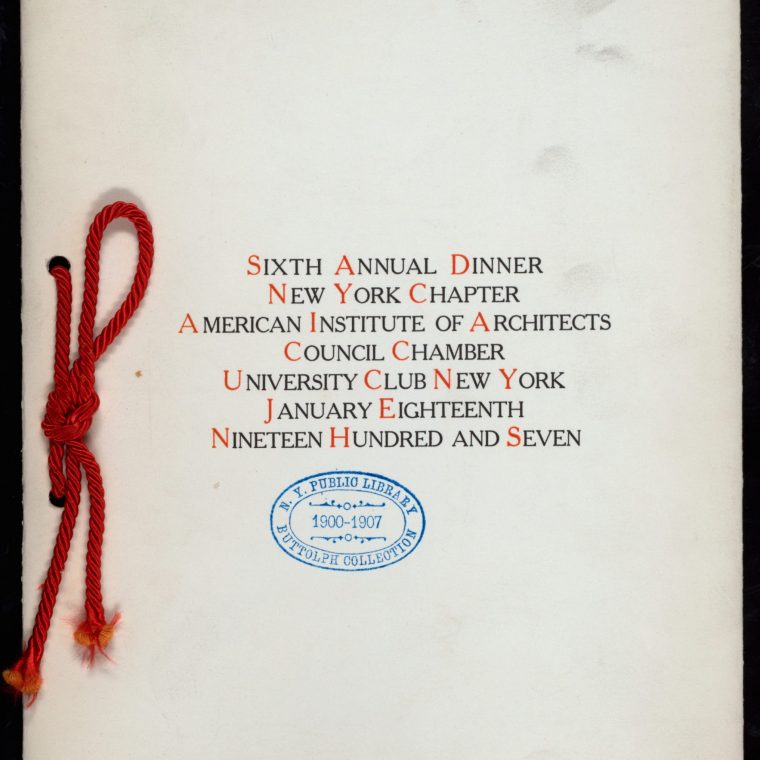I’ve seen a number of articles in recent months on the topic of eliminating licenses for architects. “Is Architectural Licensing Necessary?” by John J. Parman is one of the better ones. The issue is that licensure contains several of the many barriers to entry into the field, which fall more heavily on people who have been traditionally excluded: women and minorities. Architectural licensing, like engineering licensing, requires multiple tests and years of experience signed off by supervisors (or former supervisors). The tests themselves cost money and, of course, a for-profit test-prep culture has grown up around them. I don’t want to go into specifics, but there have been a lot of stories of abuse, from unpaid internships to signatures being unfairly withheld from experience documentation.
Some of the issues are broader than any single profession. In my opinion, unpaid internships – or, for that matter, internships that pay less than the minimum wage – should be illegal. As someone who has employed interns many times, I know that sometimes the firm’s ability to teach at any given moment is not what it should be, so the pay loophole for educational internships simply doesn’t work. People need to be paid for their work, and if a firm can’t afford to pay an intern, they shouldn’t be getting free work. Similarly, and this applies to engineering licensure as well as architectural, there’s no reason that the supervisors’ signature are needed. As licensed professionals, we make statements under penalty of perjury all the time, both for projects and in our license renewals. If I’m allowed to swear that I’ve completed my continuing education when I renew my license, why couldn’t I do the same with my experience when I first got the license?
The problem with eliminating licensure is that architects are involved with various design decisions with life safety consequences. The most obvious is egress capacity and paths. I’d like to think that whoever designed the way I’m getting out of a burning building had some training in that field. I certainly think a streamlining of the tests is possible, for both architects and engineers, to get them better aligned with actual safety issues. I guess I’m arguing for an incrementalist approach: let’s make the licensure application process easier, less reliant on bosses or former bosses, and let’s make the tests tightly focussed on those issues that have a public safety slant (architects) and on the field in which people are actively working (engineers).



